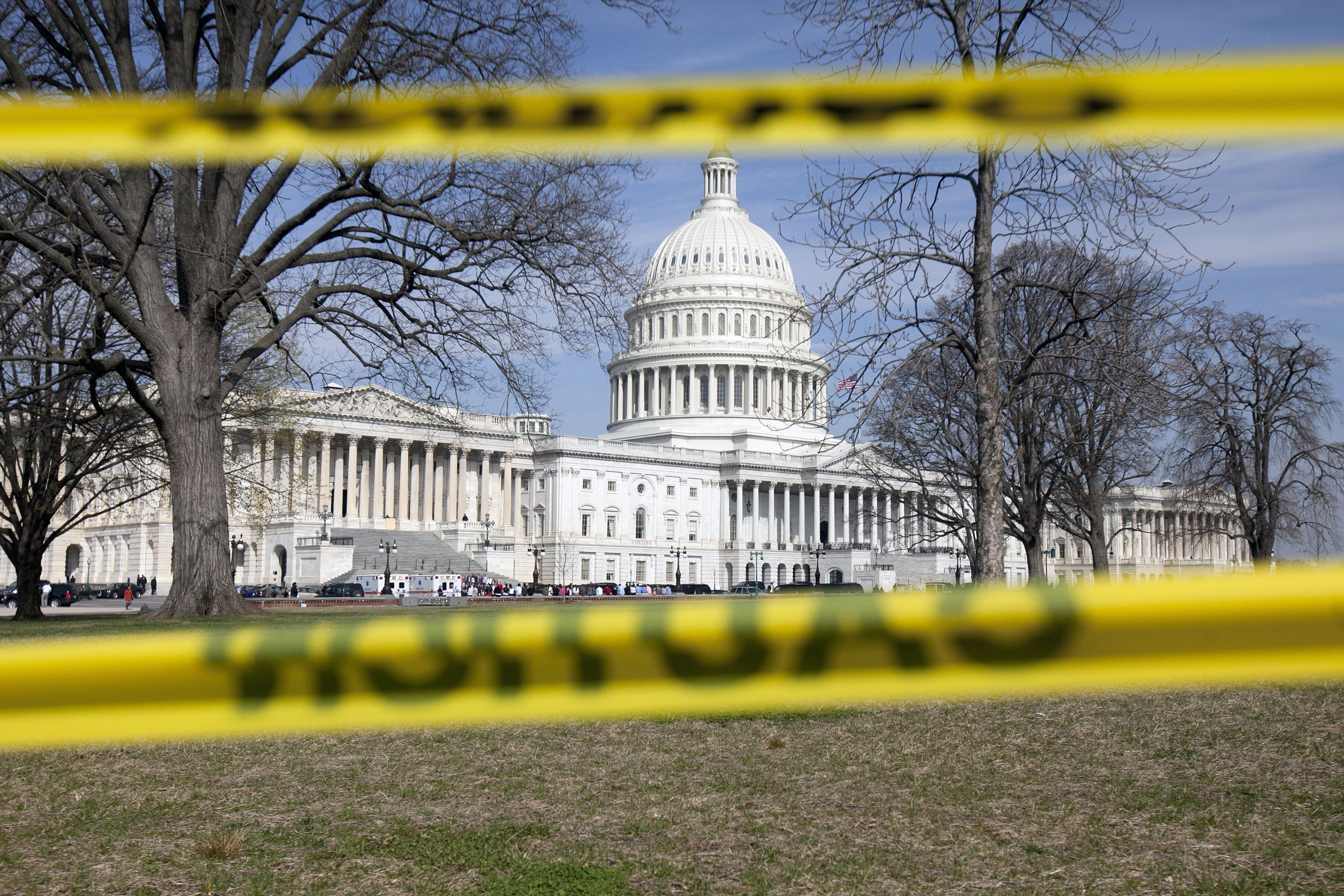Make a Plan to Start Repaying Student Loans
The pandemic-era pause on student loan repayments is scheduled to end September 30. If you can’t afford payments, you have options.


In an effort to provide economic relief during the pandemic, the federal government suspended payments on federal student loans last year, with no interest accrual on loan balances. The moratorium was extended a couple of times, but now that the pandemic has subsided and the economy is recovering, the pause is set to expire on September 30. Loan servicers planned to start notifying borrowers in August about the date their payments will resume.
Time to refinance? In addition to a notice from your loan servicer, you may receive fliers or e-mails from private lenders offering to refinance your student loans at interest rates as low as 2.5%.
The best private-loan deals are limited to borrowers with excellent credit or a co-signer. But even if you qualify to refinance at a lower rate, you may want to wait. If President Biden fulfills his pledge to forgive up to $10,000 in student loan debt, it will likely be limited to federal loans. And once you refinance to a private loan, you can’t refinance back to a federal loan.
From just $107.88 $24.99 for Kiplinger Personal Finance
Become a smarter, better informed investor. Subscribe from just $107.88 $24.99, plus get up to 4 Special Issues

Sign up for Kiplinger’s Free Newsletters
Profit and prosper with the best of expert advice on investing, taxes, retirement, personal finance and more - straight to your e-mail.
Profit and prosper with the best of expert advice - straight to your e-mail.
Another reason to wait: The suspension on federal student loan payments may be extended. Secretary of Education Miguel Cardona has said the Department of Education is considering extending the waiver, and the most likely scenario is that it would last through the end of 2021, says Mark Kantrowitz, a financial aid expert and author of How to Appeal for More College Financial Aid. And even if the waiver isn’t extended, rates on private student loans are likely to remain low through the end of 2022, he says, which means borrowers interested in refinancing have plenty of time to consider their options.
If you still think it’s a good idea to refinance to a private loan, read the fine print on any offer you are considering. Some plans offer low interest rates in the first year and hike them later. But it’s important that you do not refinance unless you’re confident you can afford payments under the plan you’re considering. Options for private loans for borrowers who are unemployed or experiencing other economic difficulties generally aren’t as flexible as federal loans.
However, if you already have private student loans, there’s no reason not to look into refinancing to a loan with a lower rate. Be sure to compare the monthly payment with the total cost when you are considering consolidating or refinancing student loans, Kantrowitz says. Simply extending your payment period will lower your monthly payments, but you could pay thousands of dollars more in interest by the time you pay off the loan.
To avoid interest-rate hikes down the road, look for a low fixed rate rather than a variable rate. And if you can afford it, you may also want to consider a shorter repayment term. Although your monthly payments may go up, you’ll save on interest and get out of debt sooner. Most lenders offer loan repayment terms of 10, 15 and 20 years.
Options for federal loans. If your budget can’t handle payments on your federal student loans, you may be eligible to lower them by enrolling in an income-driven repayment (IDR) plan. There are several IDR plans available through the Department of Education, but all base your monthly payments on your earnings. If you’re already enrolled in an income-driven plan and your income has declined considerably, you can also ask your loan servicer to recertify your income and recalculate the payment, which could dip as low as $0. You can apply for an IDR plan at https://StudentAid.gov/app/ibrInstructions.action and select the plan that you qualify for that will provide you with the lowest monthly payment. You may end up paying more in interest in the long run because you’re extending the repayment period, but after 20 years of payments, you may be eligible to have the balance forgiven.
If you can’t afford to make payments at all, you may qualify for deferment or a forbearance. There are two types of deferments: economic hardship and unemployment deferment. You must be out of work to qualify for the unemployment deferment, but you may qualify for economic hardship if you’re receiving federal or state public assistance, you’re a Peace Corps volunteer, you’re working full-time but earn less than or equal to the federal minimum wage, or you have income that’s less than or equal to 150% of the poverty line for your family size and state (about $26,000 for a two-person household).
Both of these options, as well as general forbearance, are available for up to three years, and you can use a combination of deferments and forbearance for up to nine years. Interest may continue to accrue while payments are suspended, depending on the type of loan you have. A subsidized or Perkins loan, for example, will not accrue interest during a forbearance or deferment. For other loans, the interest that accrues while payments are suspended will likely be added to the loan balance at the end of the deferment or forbearance period.
Prepare to pay. Once you decide your path forward, calculate your payment. For federal loans, you can use the loan simulator tool at https://StudentAid.gov/loan-simulator. If you haven’t already checked, be sure that your loan servicer has your current contact information. If you signed up for automatic payments, you may be required to confirm that your bank account information has not changed.
Another step to consider before the end of the federal payment suspension is whether to request refunds for payments made after March 13, 2020. Any payment you made during the suspension of payments can be refunded, which is useful if you need the money or think you will in the future. Contact your loan servicer before September 30. The call centers may be busy, so you may get better results by using your lender’s online contact forms.
Finally, be on guard against fraud. The Department of Education says student loan borrowers have received phone calls, e-mails, letters and texts warning them that the suspension program will end soon and offering debt relief. Usually, companies offering these types of services don’t offer any relief, and some are crooks looking to take advantage of vulnerable borrowers.
Profit and prosper with the best of Kiplinger's advice on investing, taxes, retirement, personal finance and much more. Delivered daily. Enter your email in the box and click Sign Me Up.

Emma Patch joined Kiplinger in 2020. She previously interned for Kiplinger's Retirement Report and before that, for a boutique investment firm in New York City. She served as editor-at-large and features editor for Middlebury College's student newspaper, The Campus. She specializes in travel, student debt and a number of other personal finance topics. Born in London, Emma grew up in Connecticut and now lives in Washington, D.C.
-
 Is Mechanical Breakdown Insurance Better Than an Extended Car Warranty?
Is Mechanical Breakdown Insurance Better Than an Extended Car Warranty?More insurers are starting to offer mechanical breakdown insurance to new car owners. What is it and should you buy it?
-
 What to Do When You Bank Lowers Your APY
What to Do When You Bank Lowers Your APYWhy banks lower APYs, options you can explore when it happens and whether more rate cuts are on the horizon.
-
 Forget Financial Forecasts: Focus on These 3 Goals for Success
Forget Financial Forecasts: Focus on These 3 Goals for SuccessWe know the economy is unpredictable and markets will do what they do, no matter who predicts what. Here's how to focus on what you can control.
-
 9 Types of Insurance You Probably Don't Need
9 Types of Insurance You Probably Don't NeedFinancial Planning If you're paying for these types of insurance, you may be wasting your money. Here's what you need to know.
-
 New Ways to Use 529 Plans
New Ways to Use 529 PlansTax-free withdrawals from 529 plans could help you sharpen your job skills.
-
 I Need to Cut $1,000 From My Monthly Budget, and I've Already Given Up Starbucks and Dining Out. What Else Can I Do?
I Need to Cut $1,000 From My Monthly Budget, and I've Already Given Up Starbucks and Dining Out. What Else Can I Do?Here are some creative ways to save up to $1,000 a month, even if you feel like you've already made all of the obvious cuts.
-
 I Want to Help Pay for My Grandkids' College. Should I Make a Lump-Sum 529 Plan Contribution or Spread Funds out Through the Years?
I Want to Help Pay for My Grandkids' College. Should I Make a Lump-Sum 529 Plan Contribution or Spread Funds out Through the Years?We asked a college savings professional and a financial planning expert for their advice.
-
 I'm a Government Employee and Need to Get By Until the Shutdown Ends. What Can I Do?
I'm a Government Employee and Need to Get By Until the Shutdown Ends. What Can I Do?The second-longest shutdown in history is leaving many federal workers with bills due and no paycheck to cover them. Here's what you can do to get by.
-
 Amazon Resale: Where Amazon Prime Returns Become Your Online Bargains
Amazon Resale: Where Amazon Prime Returns Become Your Online BargainsFeature Amazon Resale products may have some imperfections, but that often leads to wildly discounted prices.
-
 What Does Medicare Not Cover? Eight Things You Should Know
What Does Medicare Not Cover? Eight Things You Should KnowMedicare Part A and Part B leave gaps in your healthcare coverage. But Medicare Advantage has problems, too.
-
 How Intrafamily Loans Can Bridge the Education Funding Gap
How Intrafamily Loans Can Bridge the Education Funding GapTo avoid triggering federal gift taxes, a family member can lend a student money for education at IRS-set interest rates. Here's what to keep in mind.